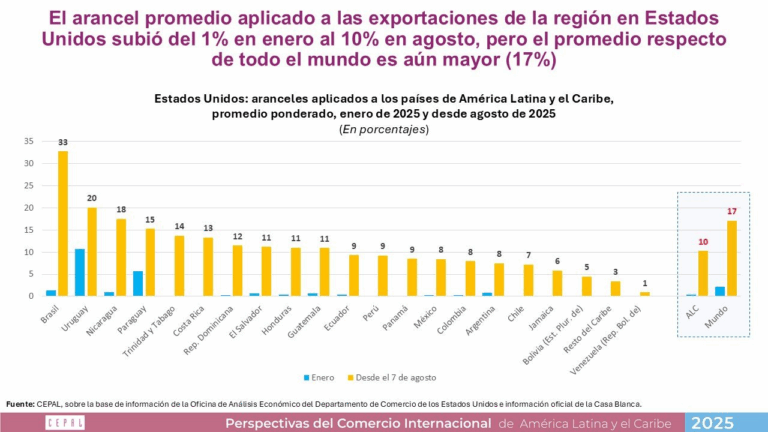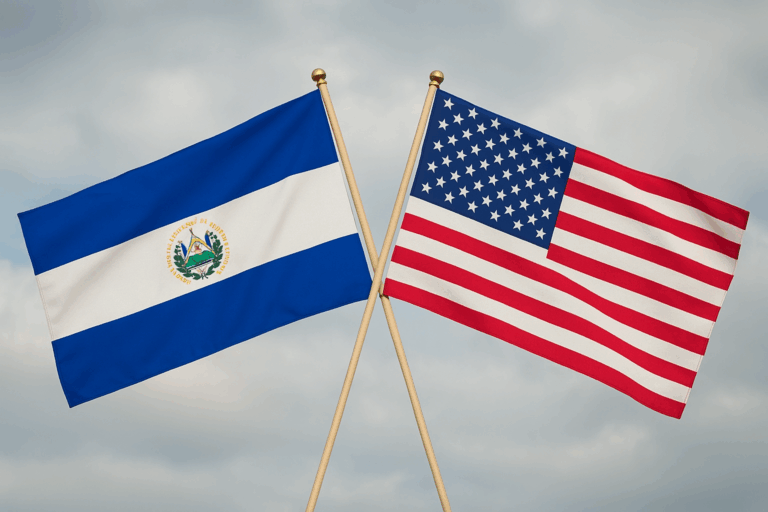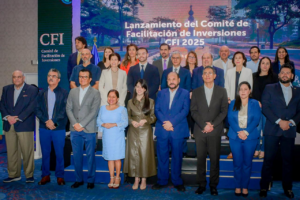
El Salvador faces a significant increase in US tariffs on its exports, rising from virtually 0% in january to 11% as of august 7, 2025, according to data presented by the Economic Commission for Latin America and the Caribbean (ECLAC).
The chart reveals that, while the country is not among the most affected in the region, the increase represents a significant change for the Salvadoran export sector, especially considering that the United States is its main trading partner.

The new tariff places El Salvador above nations such as Mexico (9%), Colombia (8%), Chile (7%), and Panama (9%). However, it still remains below other countries in the region that face higher tariffs, such as Brazil (33%), Uruguay (20%), and Nicaragua (18%).
However, this scenario is about to change. Just a few days ago, the United States and El Salvador reached a trade agreement that includes the gradual reduction of these tariffs, representing relief for the national export sector and opening a window of opportunity to strengthen El Salvador’s presence in the U.S. market.

During an interview, the minister of Economy, María Luisa Hayem, emphasized that this agreement will have a direct impact on the country’s economic dynamism. “The reduction in tariffs will boost our exports, increase competitiveness, and allow more Salvadoran companies to enter or grow in the U.S. market”, she said.
The agreement comes at a key moment, as the United States continues to be El Salvador’s main trading partner. The combination of the agreement and the current conditions of security and economic stability could translate into increased investment, greater production, and new opportunities for small and medium-sized exporting companies.

Although ECLAC warns that recent changes in US tariff policy affect the entire region, El Salvador now has a strategic advantage following the negotiations, which could significantly reduce the impact initially projected for 2025.
You can also read:







